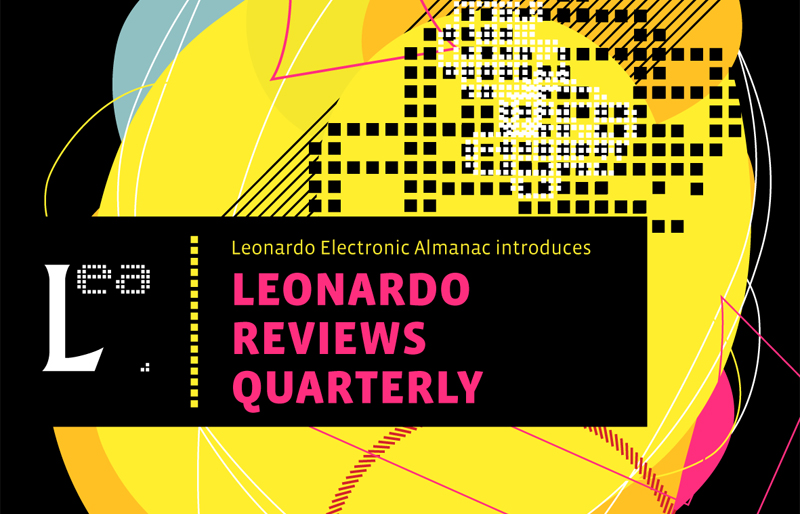
Mind and Nature: Selected Writings on Philosophy, Mathematics and Physics
by Herman Weyl; edited and with introduction by Peter Pesic
Princeton University Press, Princeton, New Jersey, 2009
272 pp., illus. 43 b/w. Trade, $35.00
ISBN: 978-0-691-13545-8.
Reviewed by Martha Patricia Niño Mojica
Colombia
In Mind and Nature, Weyl shows the development of what we understand as modern science. In this context, he presents mathematics and physics as factors that open the world and also analyses the regularity of the motion of the stars and other bodies. For justifying this idea, Weyl explores the work of Galileo Galilei, a pioneer of modern science, who was eager to affirm that the laws of nature can be explained in mathematical terms. This radical rationalism is very logical if you observe the beauty and astonishing accuracy that accompany some mathematical processes. In addition, the author defines God as the completed infinite (2009, p.47). For him, God is not merely a mathematician but mathematics itself because mathematics can be seen as the science of the infinite that helps us explore the finite. In that sense, the essence of mathematics is Mathesis Universalis or universal knowledge. Galileo described the relation between philosophy and mathematics as philosophy written in the book of nature. A text that no one can read unless he has mastered its code made of mathematical figures. This idea about nature is also analyzed through the work of Johannes Kepler, who stated that “nature loves simplicity of unity” (2009, p.47). It would be interesting to contrast this set of ideas with more recent findings such as the idea of the genome of the codification of living beings through sequences of DNA.
Weyl also highlight the work of Isaac Newton as one of the philosophers interested in the relation of mathematics, philosophy, and theology. His metaphysical notion of absolute space is based in the classical mechanics that he delineated. He also points out at the importance of consciousness for imagining and conceptualizing our world. It is curious how Weyl affirms that Newton considered space sensorium Dei or the divine omnipresence in all things (2009, p.45).
Dante’s Divina Comedia, for Weyl, is not only a great visionary poem but also a description of the cosmos in a geometrical way. In a homologous way, the works of Aristotle expose the idea of perfection in nature and other forms such as the sphere. Other thinkers such as Democritous, Anaxagoras, Albert Einstein, Leonhard Euler, Gottfried Leibniz, Henri Pointcaré, Ernst Mach, David Hilbert, Giordano Bruno, Martin Heidegger, René Descartes, are also discussed. The text does an interesting research about the history and development of the main paradigms modern physics. Even though Weyl worked mainly as mathematician, he considered it very necessary to think not only to realize actions or creations but their how they do reflect in the realm of judgements and insights. Without rethinking our actions, they will outrun reason, turn into routine and all will go astray from that moment on. Among the subjects treated in the book it is possible to find the study of vectors in space, the incorporation of electromagnetism into the structure of space time, topological reflections about matter, and structure of the universe, God and the universe, symmetry and their role in the theory of relativity, reflections about reality and nature and whether they can be totally described in mathematical terms, discussions about causality, determination, personal freedom and quantum mechanics. The most interesting topics of the book concern electricity and gravitation, man and the foundations of science, and reflections about still unanswered questions in physics.
The book also has personal photographs and biographical information about Herman Weyl (1885 – 1955), who was a mathematician working in the development of quantum physics and general relativity. In this text you can find his most important writings, some of them previously unpublished. He was described by Albert Einstein as one of the greatest mathematicians of the first half of the twentieth century. His work was influenced by Immanuel Kant’s ideality of space and time. In spite of the fact that he is not as famous as Albert Einstein, Weyl’s work influenced Einstein, who incorporated in his general theory what Weyl called relativity of magnitude. In other publications Weyl demonstrated point set topology surfaces, the principle of gauge invariance, and manifolds. He also was a pioneer of quantum theory. The ideas exposed in book are interesting. Some biographical affirmations discredit his work and some parts of the introduction have a couple of comments about Weyl’s personal life that discourage the reader. The selection of the other texts made by the editor is very good.
Leonardo Reviews is a scholarly review service published since 1968 by Leonardo,The International Society for the Arts, Sciences, and Technology. Publishers and authors interested in having their print or electronic publications considered for review by the panel should contact Michael Punt, Editor-In-Chief, Leonardo Reviews.
Files:
